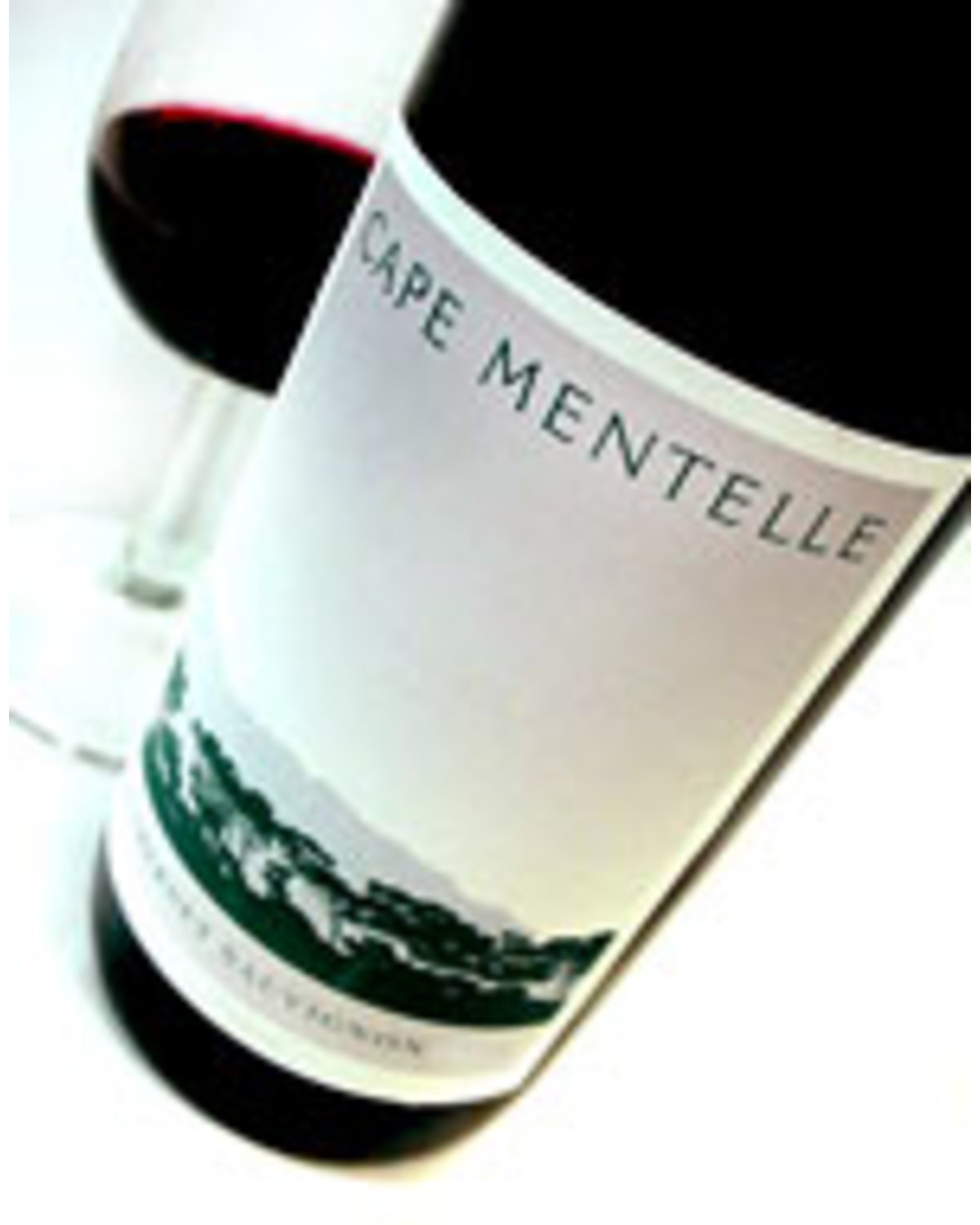
1999 Cape Mentelle Cabernet Sauvignon
Notes sourced from Cape Mentelle.
The fruit sourced for this wine comes from the estate's Wallcliffe Vineyard, planted between 1970 and 1972. The vineyard is located 8km from the ocean, with an elevation of 80 metres and a south-west aspect. The vines grow on gravel laterite soils derived from decomposed onstone over gravelly, clay sub-soils. Vine spacing is 2200 vines/hectare with all vines vertically trained and cane pruned so that 30 - 40 buds are left on each vine. Judicious shoot and leaf removal is carried out in late summer to open up the canopy. Trickle irrigation is applied sparingly, combined with a springtime composting to maintain vine health and ensure that physiologically ripe grapes are harvested.
A cold wet winter preceded a fine spring with mild nights and light winds. This led to a late but prolific budburst and flowering, producing a potential abundance of fruit. Early summer provided just enough rain and heat to keep vines progressing steadily after the later than usual veraison. Vintage started late because of the mild weather and the extra crop the vines had to carry, but the slower ripening ensured good fruit intensity and balance. Heavy rain in early March interrupted vintage, causing some concerns, however, fine weather resumed and vintage was completed successfully, despite the threat of a cyclone or two.
Three batches of cabernet were harvested from the estate block between the 8th and 14th of April. The sugar levels between the batches ranged from 24.5 to 25.4 brix and acidities between 6.1 and 6.6 gram/litre. Yield from the old vines was 7.4 tonne / hectare.
Fruit arriving at the winery is assessed for quality before being de-stemmed and lightly crushed so that high proportions of whole berries are conveyed to the fermenter. The must is left to macerate for a day before seeding with a neutral strain of yeast. Early vigorous extraction is followed by a gentle pump-over regime as the ferment proceeds. Cabernet stays on skins for up to 28 days depending on the health and ripeness of the fruit. Once dry, the wine is inoculated for malolactic fermentation. It is racked twice before going into oak barrels, 75% of which are new, originating from Nevers, Allier and Troncais, coopered in France. The wine undergoes periodic barrel to barrel rackings and regular toppings with a final assemblage done in spring of 1999. After 18 months in barrel, the wine is blended and coarsely filtered prior to bottling in December 2000.
Tasting Notes: A wine that echoes the perfect season with ripe blackberry, briar and currant aromas laced with oak-derived coffee, mocha and vanilla. The palate is quite muscular, richly flavoured and generously proportioned but with a tautness and fineness of structure providing balance and elegance, belying its ripeness. A wine for the intellect, as much as the senses!
Analysis: 14.6% alcohol; 6.4g/l acidity; pH 3.56
to most of Australia
